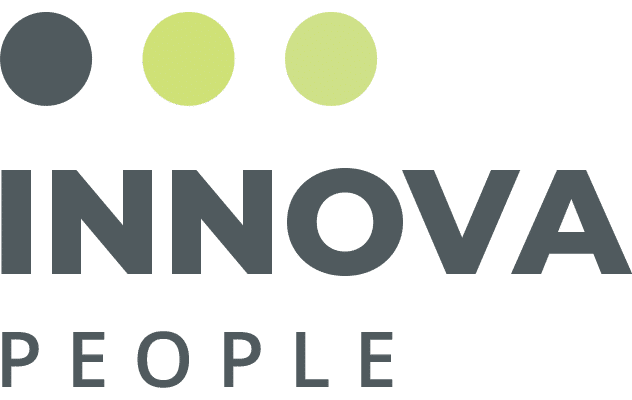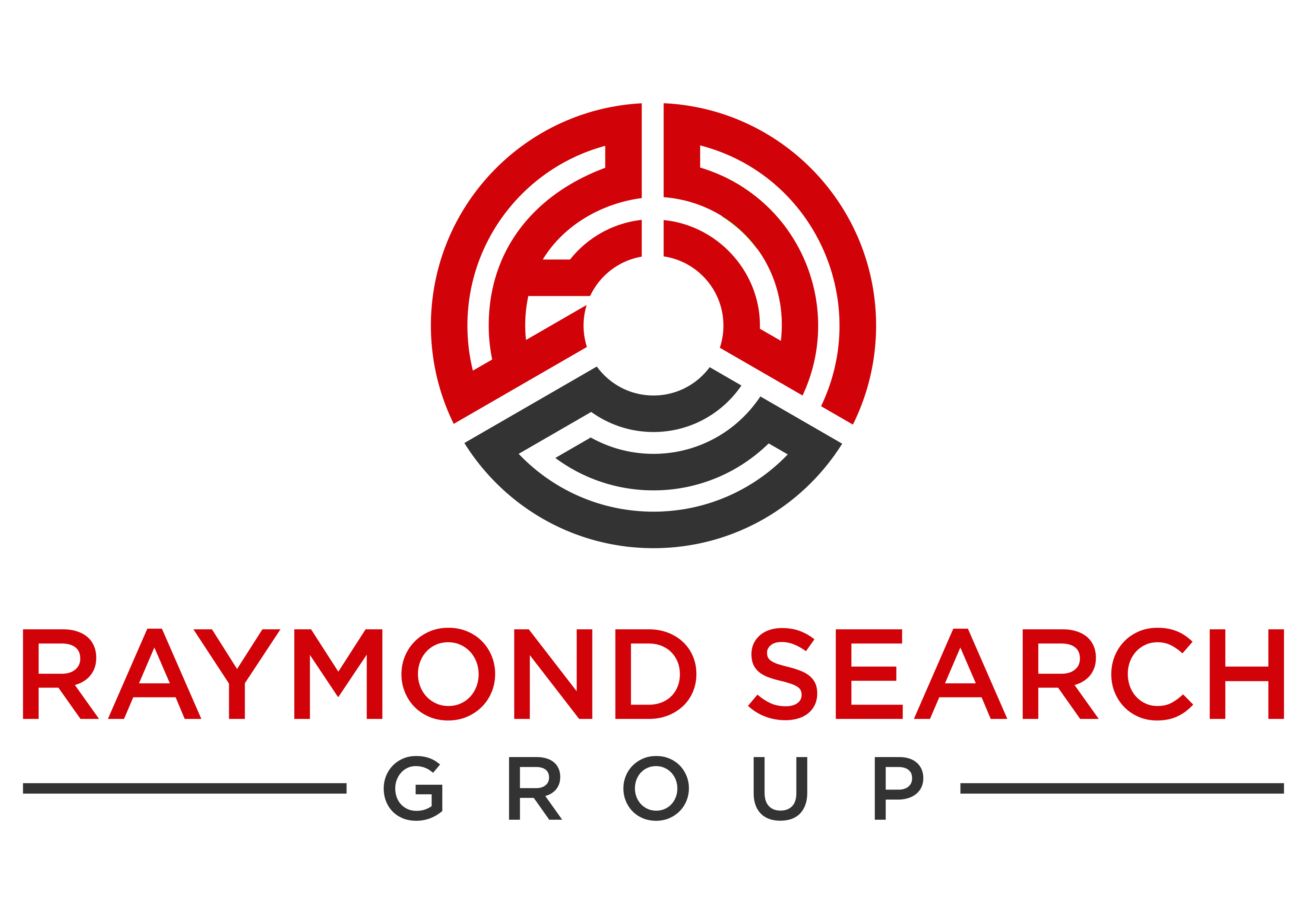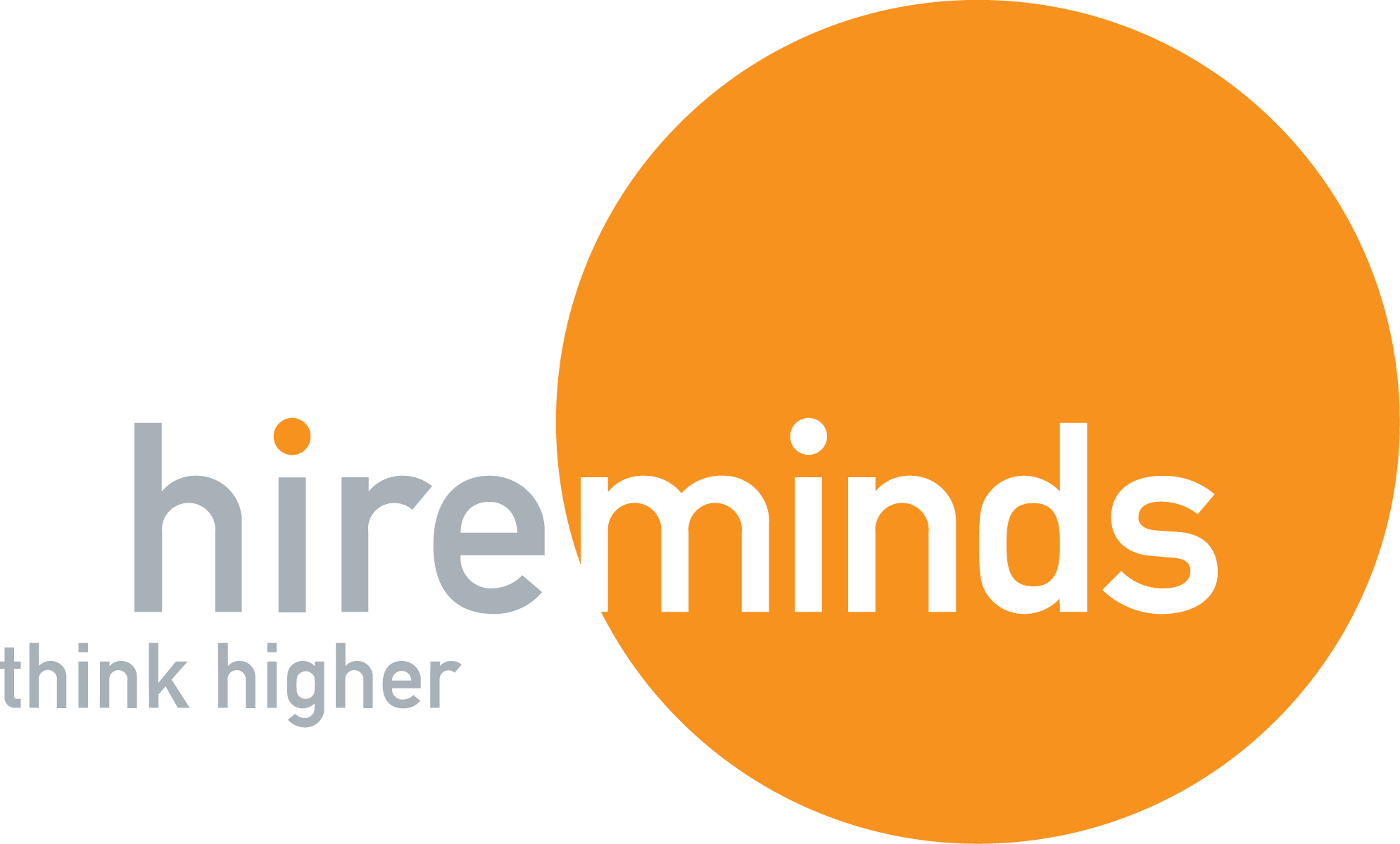Mike Silverstein of Direct Recruiters interviews Vince Panozzo, Senior Vice President and Chief Revenue Officer, Strata Decision Technology
Vince Panozzo is the SVP and Chief Revenue Officer at Strata Decision Technology. Mike Silverstein is a Managing Partner and the Director of Healthcare IT at Direct Recruiters, Inc.
Tell us about yourself and the company.
I started my career at Strata Decision in 2003 and currently serve as Senior Vice President and Chief Revenue Officer. As CRO, I lead sales and business development for Strata Decision and am responsible for expanding the company’s footprint with new and existing customers.
Prior to my role as CRO, I served in a client services leadership role, overseeing implementations at a number of the nation’s leading healthcare organizations including: Cleveland Clinic, Duke University Health System, New York Presbyterian, Orlando Health, Spectrum Health, Yale New Haven Health, Legacy Health, and Providence Health and Services amongst others. I continue to serve as a strategic advisor on the use of the Strata Decision systems for our clients.
Strata Decision Technology was founded over 17 years ago, based on the following ideas:
- Decisions drive healthcare…and better information can lead to better decisions.
- There is a need to focus on strategic decisions…as they have the most significant impact on both the organization and the population they serve.
- The right technology in the hands of the right people…can make a meaningful difference and change healthcare for the better.
- Our mission is to fulfill our triple aim of building great products, delivering a best in class client experience and growing our footprint.
Strata Decision Technology software has now been adopted by more than 1,000 healthcare organizations including: major academic medical centers, community hospitals, children’s hospitals and many of the largest and most influential healthcare systems in the U.S. One out of every five hospitals in the U.S. is using StrataJazz-meaning that we are trusted and deliver results. The technology is a single platform for Cost Accounting, Contract Modeling, Operating Budgeting, Capital Planning, Financial Planning, and Monthly Reporting.
What can hospitals and healthcare networks do to truly understand their costs?
With the transition to high deductible plans and patients taking on more of the financial burden, healthcare is now a consumer issue. Patients (a.k.a. buyers) want to know what their healthcare costs so they can make informed decisions. Historically, there was very little relationship between pricing and the cost of care delivery. In other words, prices were set independent of cost. Healthcare networks now need to understand cost so they can develop rational and visible prices for services. In order to fully understand their costs, health networks need to look at costs in a horizontal (episode, service line) fashion rather than in a vertical (departmental) way. Hospitals are implementing state-of-the art EHR systems, Decision Support technologies and ERPs with one of the major goals being to understand the true cost of care.
How do you retain top industry talent?
We have very high employee engagement at Strata Decision, which we are very proud of. There are a number of things we do to build buy-in and to retain our incredibly talented, passionate team members. One of the things that is often overlooked in keeping talent is doing something that matters every day. Ultimately, our team is helping their clients use technology to effectively allocate resources so they can drive margin to fuel their mission of delivering high-quality patient care. That is something that really energizes the team. Additionally, to make sure we are supporting our team, we also survey 100 percent of the company every quarter and the results are meticulously reviewed by our executive team. If we are falling short, we take action.
One of your influencers on LinkedIn is Toby Cosgrove, CEO & President at Cleveland Clinic. Why is he an influencer for you?
Dr. Cosgrove is an incredibly innovative thinker who gets me excited about what is possible in the healthcare industry. As we all know, healthcare is currently going through a major transformation. We need to have innovators like Dr. Cosgrove who will contribute their great ideas to guide us through this change. Other people that fall into this category are Dr. Atul Guwande at Harvard and Don Berwick, the former Administrator of CMS. Cleveland Clinic is one of Strata Decision’s great clients so it is exciting to hear how Dr. Cosgrove’s vision gets turned into action there.
Strata Decision Technology hosts an annual Strata Decision Summit. Tell us about the Summit and why it attracts so many leading healthcare organizations from across the country. What can we expect from the 2014 Summit?
The Strata Decision Summit has been so successful because our clients provide the content. All of the content is the product of our clients’ brilliance. Here is a great example of one of the presentations from last year’s event: http://www.stratadecision.com/physicans-finance-=-love. We are already working on some really exciting things for the 2014 Strata Decision Summit. I cannot tell you about the details yet, but a major theme will be taking waste out of the healthcare system.
What is the biggest challenge currently on your plate?
I spend a lot of time travelling across the country meeting with our clients and potential clients. The discussions I have with them are one of my great joys, as major innovations are taking place from coast to coast. Harnessing all these ideas and getting them back in front of our team to ensure we are taking action on them is the biggest challenge I currently face. This includes making sure that we are providing the right technology and services needed to support the current changes happening in the industry such as: population health, value based care, reimbursement changes and physician variation analysis.
To Contact:

Vince Panozzo Senior Vice President and Chief Revenue Officer Strata Decision Technology T: 312.827.7708 E: [email protected]

Mike Silverstein Healthcare IT Director and Managing Partner Direct Recruiters, Inc. T: 440-996-0594 E: [email protected]

Kasey Fahey Project Manager and Marketing Specialist Direct Recruiters, Inc. T: 440-996-0861 E: [email protected]
“Well, I agree with Vince’s take on decisions being at the lifeblood of the enterprise. I would go further, though: data are not enough, and it is the value derived from data that make them truly meaningful. In the next few years analytics (population, patient, clinically-based, disease-centric) are where the need will be in order to improve outcomes. Not all of the data will be derived directly from the EHR-some will be taken directly from point-of-care and screened prior to EHR upload. Of highest import will be chronic afflictions like CHF, Diabetes, COPD as well as Fall Prevention and Detection. But, there is also a great need to address high-cost, high-mortality inpatient issues, such as Sepsis (Septicemia), ventilator acquired pneumonia (VAP), and others, including iatrogenic problems, that translate into prolonged patient misery, death, and very high costs.”
John Zaleski. Chief Informatics Officer, Nuvon, Inc.
“I think Vince captured the essence of the shortcomings of healthcare providers as they are facing sweeping changes in business modeling and culture. I agree completely that there exists a huge disconnect between the price of delivering care and the actual cost of care. Healthcare has normalized dysfunction to the point that actionable data analytics both in the clinical and business environments is foreign and only now emerging as a business sustainability requirement. The confluence of business systems and clinical systems is critical to accurately measure clinical outcomes and the costs associated with performance to benchmark standards.
My concern is that we do not have the juice in healthcare to tackle all the required changes to the “way we have done business” to adjust to the new paradigm. Certainly there is bound to be a big churn in the industry with many organizations failing. Good interview!”
Shawn McKenzie, President, CEO. Ascendian Healthcare Consulting, Inc. “Interesting take, but some of the key issues on the question, “What can hospitals and healthcare networks do to truly understand their costs?” are missing. I’d add that both cost AND quality are key for payors and providers to truly understand their costs. As you know, each provider sets a contract with payors for the cost of services. However, these prices have little to do with the quality of the services rendered. For example, a MRI can cost $500 at one facility and $5000 at another. Both produce the exact same MRI. One is a big name practice, the other a mom and pop shop. The provider writes the order for the big name provider without considering how much it costs. The patient (unless they are paying more out-of-pocket for the MRI) goes along with the order, never looking at the cost. $4500 could be saved for the exact same MRI. It’s basically what Castlight Health is offering the market, price transparency. It affects both sides of the case equation, and it will effect patients (buyers) more as they assume more of the responsibility for their health care costs.”
Brian Bogie, Vice President, Marketing, HealthEdge





